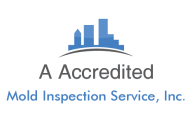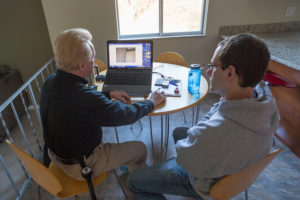Mold Problems and Mold Inspections in Schools

Educators in Florida are aware that the safety of school children is a primary responsibility. They are willing to embrace threats like potential terrorism, or poor nutrition in school lunches and vending machines. But how many administrators statewide are willing to step up and deal with a widespread but often ignored issue. That issue is mold problem in our schools. Most schools fail at staying on top of the need for mold removal, and mold inspections in Florida Schools.
Mold Problems In Florida Schools Study
As a mold inspector I can tell you from personal experience that it’s also a problem in Palm Beach, Dade, Broward, and Monroe counties.
Key Findings of the Orlando Sentinel Study:
Who Does Mold Testing In Schools
School mold inspections are often done by maintenance workers with inadequate mold inspection knowledge and training. This one fact is a leading reason why our schools are often moldy. Schools should make sure outside mold inspection help is called upon.
The Solution
Schools with suspected mold problems should hire an experienced and fully certified mold inspector to conduct mold inspections and mold testing at your school. Above all, never try to clean mold by delegating the duty to your janitorial staff. Doing so could cause a health problem. Improper cleaning can cause the mold to become airborne.


